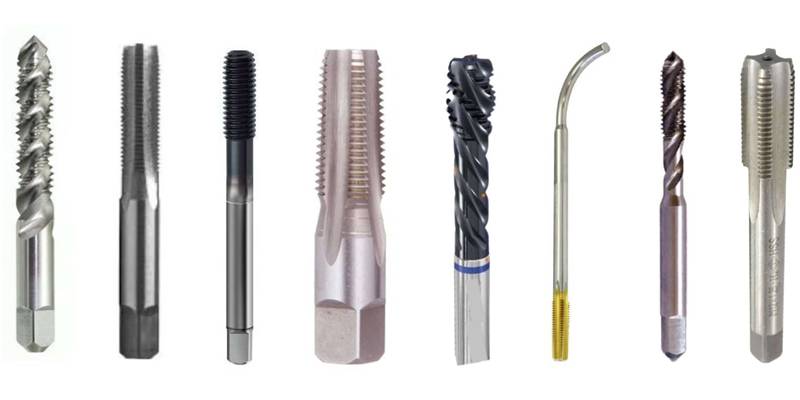Are you tired of manually drilling holes and threading screws? Do you want a tool that can simplify your work and save time? Look no further than the tapping tool! In this ultimate guide, we will explore everything you need to know about tapping tools, including how to choose the right one for your needs, how to use it properly, and how to maintain it for optimal performance.
What is a Tapping Tool?
A tapping tool is a device used to create threads on materials such as wood, metal, or plastic. It works by cutting into the material in a spiral pattern, creating grooves that form the threads. Tapping tools come in different sizes and shapes depending on their intended use.
How to Choose the Right Tapping Tool
Choosing the right tapping tool depends on several factors such as the material being worked on, the size of the hole required, and the desired thread size. There are two main types of tapping tools: hand taps and machine taps.
Hand taps are used manually with a tap wrench and are suitable for small jobs or when precision is required. They come in various shapes such as straight flute, spiral point or spiral flute, each designed for specific applications.
Machine taps are used with power tools such as drill presses or lathes. They are ideal for larger jobs where speed and efficiency are paramount. Machine taps also come in various shapes and sizes based on their intended use.
When choosing a tapping tool, consider the material being tapped and its hardness. Harder materials require a more robust tap with sharper edges while softer materials require a tap with less aggressive cutting edges.
Using Your Tapping Tool
Before using your tapping tool, ensure that it is clean and free from debris. Then select the appropriate tap size for your job and insert it into the chuck of your drill press or lathe.
Next, apply cutting oil or lubricant to the tap and the material being tapped. This helps to reduce friction and heat generated during the tapping process, which can damage the tool or the material.
When starting the tapping process, ensure that the tap is perpendicular to the material being threaded. Apply steady pressure while turning the tap clockwise, ensuring that it does not bind or break. Keep applying lubricant as necessary until you reach your desired thread depth.
Maintaining Your Tapping Tool
To ensure optimal performance from your tapping tool, proper maintenance is essential. After each use, clean the tap with a wire brush or soft cloth to remove any debris or chips. Store it in a dry place to prevent rusting.
Inspect your tapping tool regularly for signs of wear or damage such as dull edges or chipped flutes. Replace any damaged taps immediately to avoid damaging your workpiece or your machine.
Conclusion
In conclusion, a tapping tool is an indispensable tool for anyone working in construction, manufacturing, or DIY projects. By choosing the right tool for your job and using it correctly, you can save time and effort while achieving accurate results.
Remember to maintain your tool regularly to keep it performing at its best. With this ultimate guide, you are now equipped with all the information you need to make informed decisions when choosing, using and maintaining your tapping tool.
References:
1. https://en.wikipedia.org/wiki/Tapping_tool
2. https://www.mscdirect.com/browse/tn/metalworking/taps-and-dies/taps?tap-type=Hand+Tap&searchterm=&navid=12106426
3. https://www.grainger.com/know-how/tools/power-tools/how-to-use-a-tap-and-die-set




